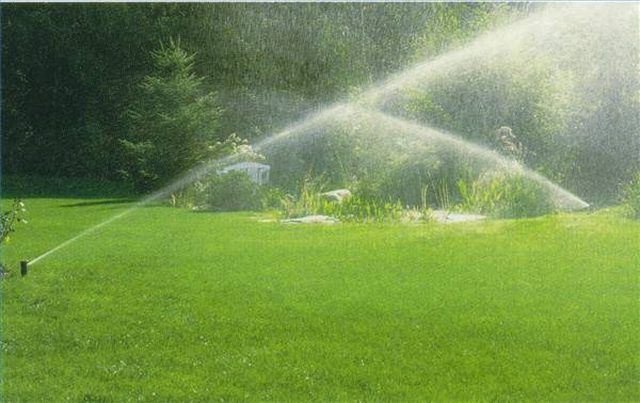Bulbs
Flower Basics
Flower Beds & Specialty Gardens
Flower Garden
Garden Furniture
Garden Gnomes
Garden Seeds
Garden Sheds
Garden Statues
Garden Tools & Supplies
Gardening Basics
Green & Organic
Groundcovers & Vines
Growing Annuals
Growing Basil
Growing Beans
Growing Berries
Growing Blueberries
Growing Cactus
Growing Corn
Growing Cotton
Growing Edibles
Growing Flowers
Growing Garlic
Growing Grapes
Growing Grass
Growing Herbs
Growing Jasmine
Growing Mint
Growing Mushrooms
Orchids
Growing Peanuts
Growing Perennials
Growing Plants
Growing Rosemary
Growing Roses
Growing Strawberries
Growing Sunflowers
Growing Thyme
Growing Tomatoes
Growing Tulips
Growing Vegetables
Herb Basics
Herb Garden
Indoor Growing
Landscaping Basics
Landscaping Patios
Landscaping Plants
Landscaping Shrubs
Landscaping Trees
Landscaping Walks & Pathways
Lawn Basics
Lawn Maintenance
Lawn Mowers
Lawn Ornaments
Lawn Planting
Lawn Tools
Outdoor Growing
Overall Landscape Planning
Pests, Weeds & Problems
Plant Basics
Rock Garden
Rose Garden
Shrubs
Soil
Specialty Gardens
Trees
Vegetable Garden
Yard Maintenance
How to Prime a Lawn Sprinkler Pump
How to Prime a Lawn Sprinkler Pump. Lawn sprinkler pumps can be a nuisance if they lose their prime. They need the pressure of the water flowing through the pipes to push the water out to the sprinkler head. If an air bubble gets in the way of the water, the system loses pressure and the sprinkler stops working even though the motor is still...

Lawn sprinkler pumps can be a nuisance if they lose their prime. They need the pressure of the water flowing through the pipes to push the water out to the sprinkler head. If an air bubble gets in the way of the water, the system loses pressure and the sprinkler stops working even though the motor is still running. If this happens too often, you run the risk of burning out the motor. Here is how you can prime your lawn sprinkler to keep it from happening.
Things You'll Need
Adjustable pliers
Garden hose
Foot valve
Turn off your sprinkler system. Look to see if you can find out how the air got into the system. Many times it is simply because the end of the water intake hose has come out of the water, or maybe something has clogged it.
Place a foot valve at the bottom of the intake hose if you are using a stream for your water source. This valve will filter out the stream debris from clogging the hose, and it will keep the water from draining out of the system when the motor is turned off.
Disconnect the other end of the hose from the pump motor. You want to be able to fill this section of hose with water before you turn on the pump. A simple way of doing this is by hooking up a garden hose attached to a spigot to the end of this hose. Unscrew the foot valve, and then turn on the water.
Fill the section of hose with water until there is no air pockets and a steady stream of water is coming out. Lift the foot valve end of the hose up in the air, and turn off the water, but do not disconnect the garden hose. Holding it up will prevent the water from draining out.
Screw the foot valve back on while you are still holding it up in the air. When it is on securely, lower it back into the water until it is totally submerged. There should be no water coming out since the valve stops the draining of water.
Disconnect the garden hose, and keep the water intake hose crimped to prevent any water from draining while you attach it to the motor. You should now have the intake hose full of water and can turn on the motor. The sprinkler will kick on once any residual air in the system is pushed out by the water. Your system is now primed and ready for use.
Tips & Warnings
You will hear the sprinkler motor change sounds as it pumps water instead of air.